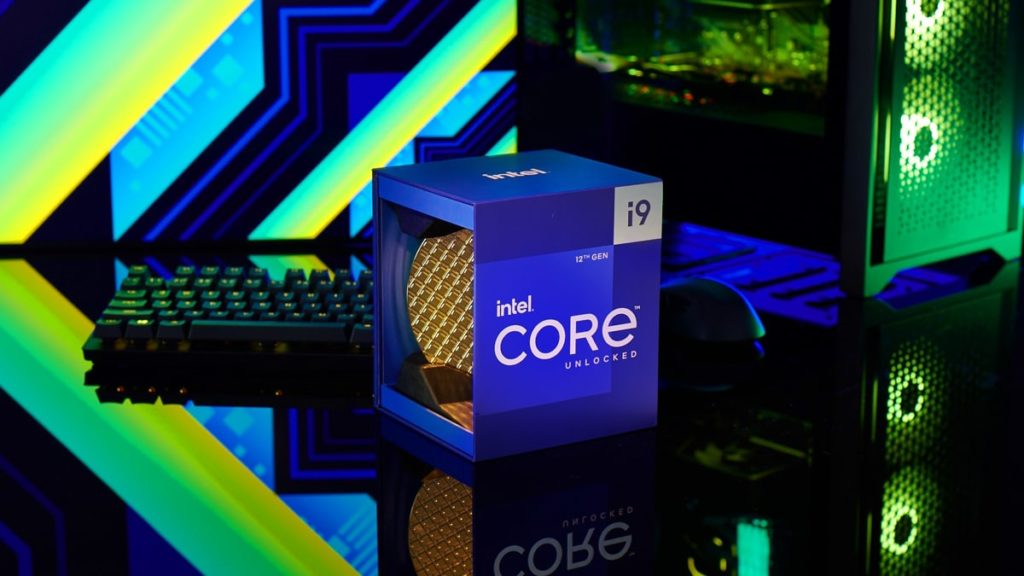- Joined
- May 6, 2019
- Messages
- 12,595
- Points
- 113
Image: Intel
Intel’s 13th Gen Core desktop processors, code named “Raptor Lake-S,” will launch in late Q3 this year, according to new rumors shared by leaker Moore’s Law Is Dead, who shared a video today regarding a range of topics that include why AMD might need Zen 4 to beat Intel’s upcoming families of Raptor Lake and Meteor Lake processors.
According to the leaker, 13th Gen Intel Core “Raptor Lake-S” processors are slated to launch in late Q3 2022, followed by the mobile H/HX/U “Raptor Lake-H” series, which are expected to release in the fourth quarter of this year. In addition to the purported launch dates, MILD claims that Intel’s next generation of desktop Core processors will bring uplifts of up to 15% in single-thread performance and an even more impressive uplift of up to 40% in the multi-threaded department.
While these figures have...
Continue reading...
